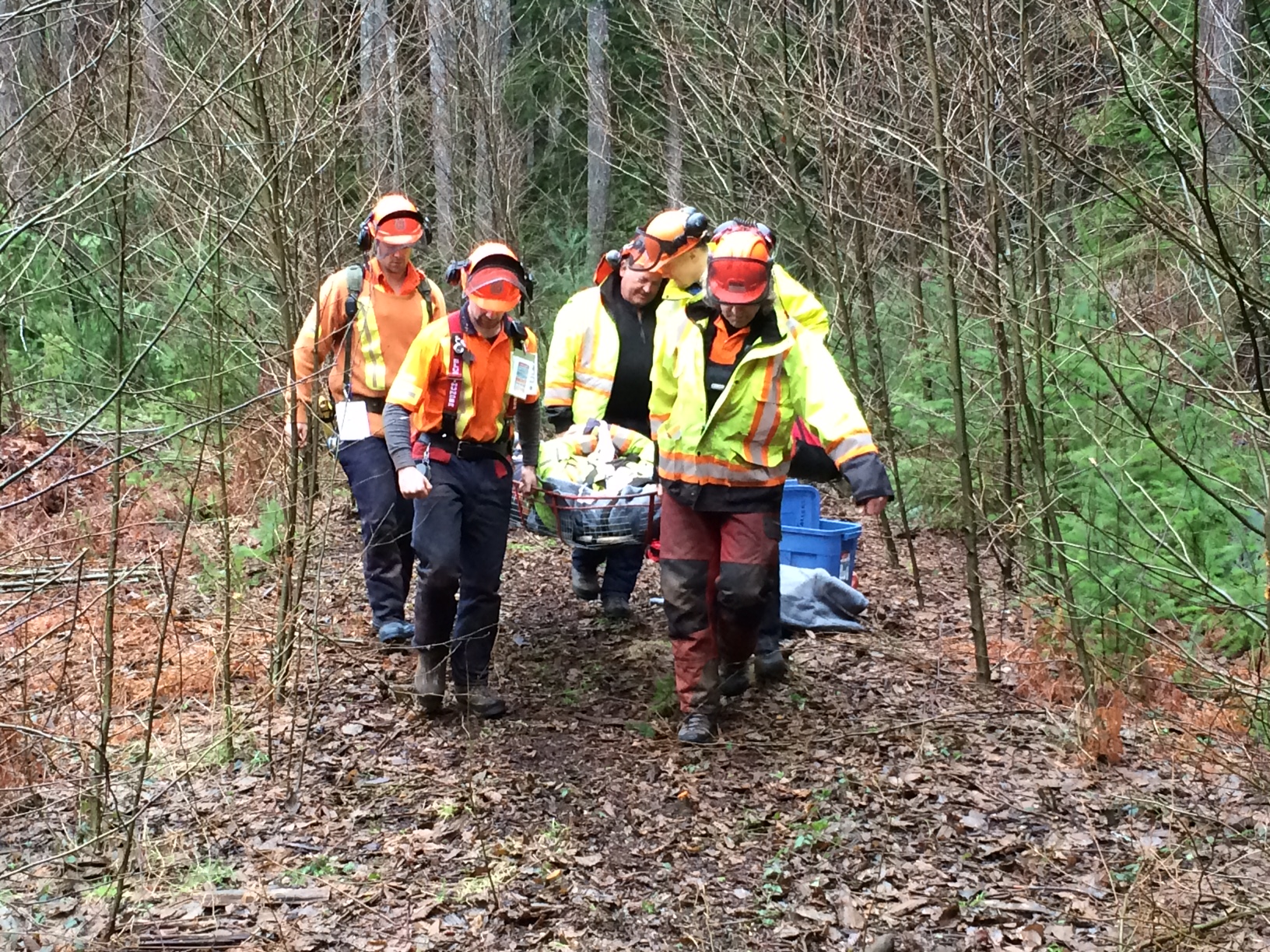
 Access to economical timber throughout British Columbia has never been more challenging. The mid-term and long-term supply have been impacted by factors such as bark beetle infestations and large-scale wildfires throughout the interior. Increased focus on non-timber forest values such as preserving wildlife habitat and managing community watersheds has placed additional constraints on the amount of area available within the Timber Harvesting Land base (THLB) and forestry operations are progressively moving into more remote locations with more challenging conditions, where emergency services take longer to access which results in increased safety risks to forest workers.
Access to economical timber throughout British Columbia has never been more challenging. The mid-term and long-term supply have been impacted by factors such as bark beetle infestations and large-scale wildfires throughout the interior. Increased focus on non-timber forest values such as preserving wildlife habitat and managing community watersheds has placed additional constraints on the amount of area available within the Timber Harvesting Land base (THLB) and forestry operations are progressively moving into more remote locations with more challenging conditions, where emergency services take longer to access which results in increased safety risks to forest workers.
This shift in operations has also resulted in the rapid adaptation and implementation of winch or traction-assist harvest systems. While exact numbers are not known, it is estimated that since the initial introduction of the winch-assist technology in approximately 2015, there are now over 100 systems working throughout BC. These systems have been proven to help reduce safety risks by removing workers from the many hazards of manual work and placing them in protective cabs. However, placing more mechanized equipment onto steep slopes has also resulted in new hazards that industry must be adequately prepared for.
 In the fall of 2022, the BC Forest Safety Council, in partnership with industry members, initiated a three-part, multi-year project with a focus on documenting and introducing best practices for Steep Slope Emergency Preparedness within the timber harvesting sector.
In the fall of 2022, the BC Forest Safety Council, in partnership with industry members, initiated a three-part, multi-year project with a focus on documenting and introducing best practices for Steep Slope Emergency Preparedness within the timber harvesting sector.
The first phase of the project was the production of a three-part video series focusing on elements fundamental to emergency response planning and execution for steep slope harvesting operations. The videos highlight the importance of conducting regular emergency response drills to:
- Allow employers that chance to verify the effectiveness of their plans, identify weaknesses and implement improvements based on the results of each drill
- Provides forestry crews the opportunity to understand their role in executing emergency response plans.
Two of the three videos in the series are now available on the BCFSC YouTube Channel and the third is currently in development.
ERP: Equipment Rollover and Operator Extraction Procedures: This video focuses on the importance of including extractions in Emergency Response Plans. It features a logging crew conducting an emergency extraction drill.
It demonstrates the process and tools used for a crew-initiated extraction as well as a self-extraction done by the operator inside an over-turned cab and discusses the insights learned by the owner, the crew and the operator during the exercise.
ERP: Operator Extraction and Steep Slope Rescue Drill: This video is the second in the series highlighting the importance of emergency response planning in forestry operations, particularly on steep slopes. It demonstrates the challenges that crews should consider and be prepared for which will help to ensure all workers know how to respond to an incident.